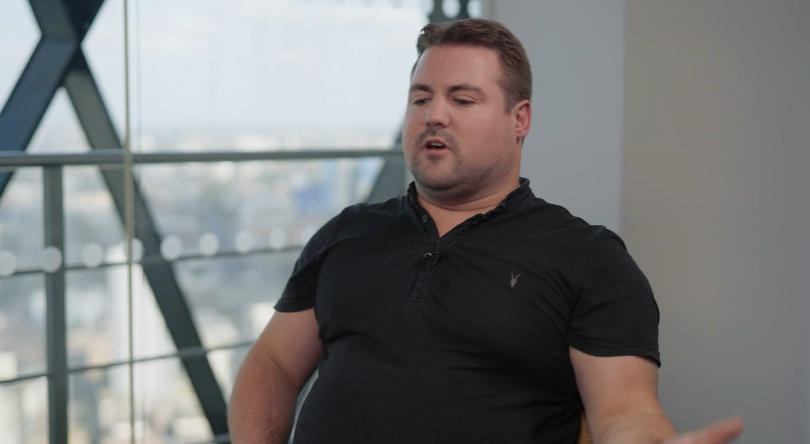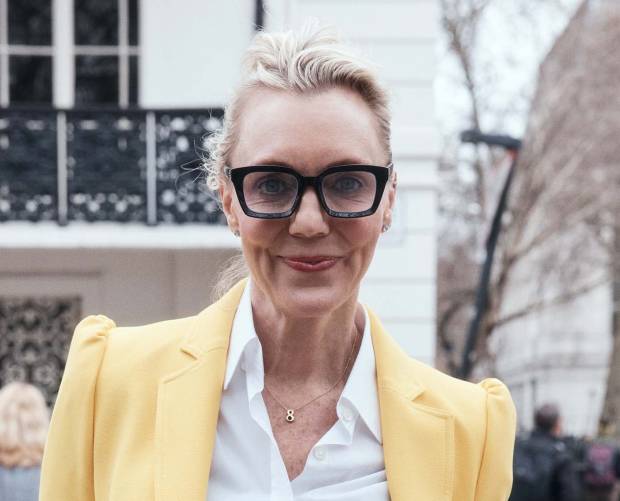 DM: So Mike, give us the low-down on The Weather Channel if you would, please.
DM: So Mike, give us the low-down on The Weather Channel if you would, please.
MZ: We launched in 1995 on the web as Weather.com. I think we secured the URL maybe even earlier than that so always wanted to be ahead of the curve so no surprise. On mobile, we started out in the US in 1999 with sites and then paid apps, Java and Brew, and video content, sold through carrier storefronts.
Lewis Gump, who is now at CNN, drove the mobile business, but I think it’s fair to say that from a company standpoint, we wanted to drive into emerging platforms to be everywhere for our users. I think the tipping point on mobile came with the launch of the iPhone, apps and the App Store, though in fact we launched on Android a couple of months before the iPhone. But on the iPhone, we were in the top 20 apps overall within two months, and since we launched our first app, we have had over 75m downloads globally across the iPhone, Android, iPad, Symbian, BlackBerry, Windows Phone and Palm.
DM: That’s a lot of platforms, are any of them falling off your radar as yet?
MZ: Nothing’s falling off the radar yet, because all of these platforms have different levels of reach in in different parts of the world.
DM: And what sort of user numbers are we looking at?
MZ: We reach more than one in every two consumers in the US through TV, the web and mobile – 175m people every month. We have been built off an obsession with the weather, being where everyone is, and being relevant. Weather affects everyone in the world, just in a different way. So our audience is massively varied, from the soccer mom to the business traveller to the storm-chaser. We pride ourselves on the accuracy of the information we provide. In the UK, for example, our forecasts are more local than the Met Office. Our technology is called TruPoint, and it delivers a grid of weather conditions for every 5 sq. km in the UK. So we have more reference points. We take a number of sources, and layer a grid on top of it, covering factors such as wind speed, terrain, elevation on a 15-minute cycle.
DM: And in terms of how people access this information on mobile, is there any skew either towards the mobile web or apps?
MZ: There is a very heavy skew towards apps, 80/20, perhaps even higher. We have a very nice, state-of-the-art mobile site, but on mobile handsets, our users prefer apps. There’s a lot more mobile web activity on Tablets, however, because it’s a better experience.
DM: And what do you deliver on the Tablet, is it the full website, a mobile version or something in between?
MZ: It’s the full site.
DM: And what about your revenue streams?
MZ: It’s almost all advertising, though we do have some paid apps, but we may take another look at it, given the popularity of the freemium model now.
DM: And how is the advertising sold? Do you use an ad network?
MZ: No, we don’t use the networks, we handle it ourselves. Our sales team is led by Mike Nicholson, who was head of mobile at the Telegraph, and they try to leverage people’s engagement with the weather in their daily lives to produce richer communications.
DM: So specifically, things like hay fever tablets when the pollen count is high, winter clothes when the weather turns cold, that sort of thing?
MZ: Yes, exactly.
DM: And who are your advertisers?
MZ: We have a lot of big name advertisers – McDonalds, Honda, Kleenex, and lots of big retailers. And we can target by any type of weather condition – wind, rain, humidity, UV etc. We have one high street chemist who targets ads for sun block when the UV goes above a certain level. Then you have cafes, when it’s hot, serving an ad for a cold drink, and when it’s cold, for a hot drink. We would like to take this further and elevate the pitch to the point where we don’t just provide weather data, but we are an everyday tool for a content category that affects every part of your life.
DM: And what about emerging markets? You talk about weather being relevant to everyone’s lives, what about the farmer in India who may depend on accurate weather information for his livelihood?
MZ: Yes, we are interested in emerging markets, and we are working to localise that content to become relevant to those users. We are probably looking at different ads and advertisers, multinationals who are looking to invest in India for example. You might also be looking at other monetisation options, perhaps the content would be so valuable to the user that he would be prepared to pay for it.
DM: And how do you plan to grow the business moving forward?
MZ: A major part of our strategy is to work with big partners, so we are building relationships with platform providers and OEMs and grow out primarily through them. We have a number of preloads, such as the Apple Weather widget via Yahoo, and we also power widgets on some of the Google reference devices. And we have preloads with multiple OEMs in the States and we are looking to grow that out internationally.
Mike Zarrilli is VP, International, at The Weather Channel
















